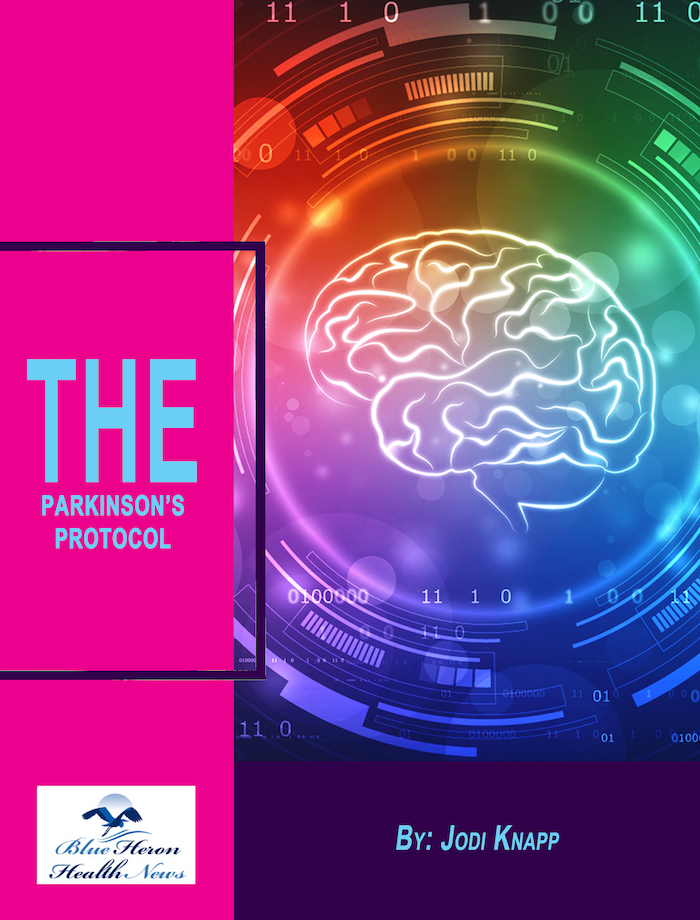
The Parkinson’s Protocol™ By Jodi KnappThus, the eBook, The Parkinson’s Protocol, educates you regarding the natural and simple ways to minimize the symptoms and delay the development of Parkinson’s effectively and quickly. It will also help your body to repair itself without following a specific diet plan, using costly ingredients or specific equipment. Its 60 days guarantee to return your money allows you to try for once without any risk.
How does regular exercise impact the progression of Parkinson’s?
Regular exercise has been shown to have a positive impact on the progression and management of Parkinson’s disease (PD) in several important ways:
1. Slows Motor Symptom Progression
Exercise helps maintain and improve motor function, including balance, gait, strength, and flexibility.
Studies show that people who engage in regular physical activity often experience slower worsening of symptoms like tremors, rigidity, and bradykinesia (slowness of movement).
2. Improves Neuroplasticity
Exercise promotes brain plasticity—the brain’s ability to form new neural connections.
This may help compensate for the loss of dopamine-producing neurons characteristic of Parkinson’s, potentially slowing disease progression.
Aerobic exercise in particular (like walking, cycling) encourages dopamine regulation and increased brain-derived neurotrophic factor (BDNF), which supports neuron survival.
3. Enhances Non-Motor Symptoms
Regular physical activity can improve mood, sleep quality, cognition, and fatigue—all common non-motor issues in PD.
Exercise reduces symptoms of depression and anxiety, which frequently accompany Parkinson’s.
4. Improves Daily Function and Quality of Life
Strength, endurance, and flexibility gains help people with PD maintain independence in daily activities longer.
Exercise improves postural stability, reducing the risk of falls.
Enhanced cardiovascular health supports overall well-being.
5. Delays Disability and Improves Mobility
Consistent exercise helps preserve mobility, allowing for better long-term function.
It can delay the need for assistive devices and reduce disability.
Recommended Types of Exercise
Aerobic exercise (walking, cycling, swimming)
Resistance training (strength training)
Balance and flexibility exercises (yoga, tai chi)
Cueing exercises to improve gait and movement timing
Summary Table: Exercise Benefits in Parkinson’s Disease
Benefit Description
Motor symptom improvement Maintains strength, balance, flexibility
Neuroplasticity Supports brain adaptation and dopamine function
Non-motor symptom relief Enhances mood, sleep, cognition
Daily function & independence Preserves ability to perform everyday tasks
Fall risk reduction Improves postural stability
Delay in disability onset Slows progression to severe mobility impairment
Final Thought
While exercise isn’t a cure, it is one of the most effective tools to slow Parkinson’s progression, improve symptoms, and enhance quality of life. It’s important that exercise programs be tailored and supervised by healthcare professionals familiar with PD.
If you want, I can also share some specific exercise recommendations or resources for Parkinson’s-friendly workouts!
Physical therapy (PT) plays a vital role in managing Parkinson’s disease (PD) by helping patients maintain mobility, reduce symptoms, improve function, and enhance quality of life. Since PD is a progressive neurodegenerative disorder characterized mainly by motor symptoms like tremors, rigidity, bradykinesia (slowness of movement), and postural instability, physical therapy targets these challenges directly.
Here’s a detailed look at PT’s role in PD management:
1. Improves Mobility and Gait
PT helps address walking difficulties such as shuffling gait, freezing episodes, and balance problems.
Therapists teach gait training techniques to improve stride length, step symmetry, and reduce fall risk.
Use of cues (visual, auditory, or tactile) helps overcome freezing of gait.
2. Enhances Balance and Reduces Fall Risk
Balance exercises strengthen postural control and proprioception.
PT provides training on safe transfers, turning, and obstacle navigation.
Fall prevention education helps minimize injury risk.
3. Increases Strength and Flexibility
Muscle strengthening exercises combat rigidity and weakness.
Stretching routines help reduce stiffness and improve range of motion.
Exercises focus on core strength to support posture.
4. Improves Functional Independence
PT assists patients in maintaining ability to perform daily activities like dressing, eating, and personal hygiene.
Adaptive strategies and assistive devices may be recommended.
5. Manages Non-Motor Symptoms
Some PT programs incorporate breathing exercises and cardiovascular fitness, which can help fatigue and respiratory function.
Physical activity can improve mood and cognitive function, addressing depression and cognitive slowing.
6. Provides Education and Support
Patients and caregivers receive guidance on home exercises and safety.
Education on energy conservation techniques and lifestyle modifications.
7. Tailored and Progressive Programs
Therapy is customized to the individual’s disease stage, symptom profile, and personal goals.
Regular reassessment allows adjustment as the disease progresses.
Evidence-Based Benefits
Studies show PT can improve gait speed, balance, and quality of life in PD patients.
Exercise programs reduce motor symptoms and may slow functional decline.
PT combined with medications offers a comprehensive management approach.
Summary
Physical therapy is an essential component of Parkinson’s disease management that helps maintain mobility, reduce symptoms, enhance safety, and support independence. It empowers patients to stay active and engaged, improving both physical function and overall well-being.
The Parkinson’s Protocol™ By Jodi KnappThus, the eBook, The Parkinson’s Protocol, educates you regarding the natural and simple ways to minimize the symptoms and delay the development of Parkinson’s effectively and quickly. It will also help your body to repair itself without following a specific diet plan, using costly ingredients or specific equipment. Its 60 days guarantee to return your money allows you to try for once without any risk